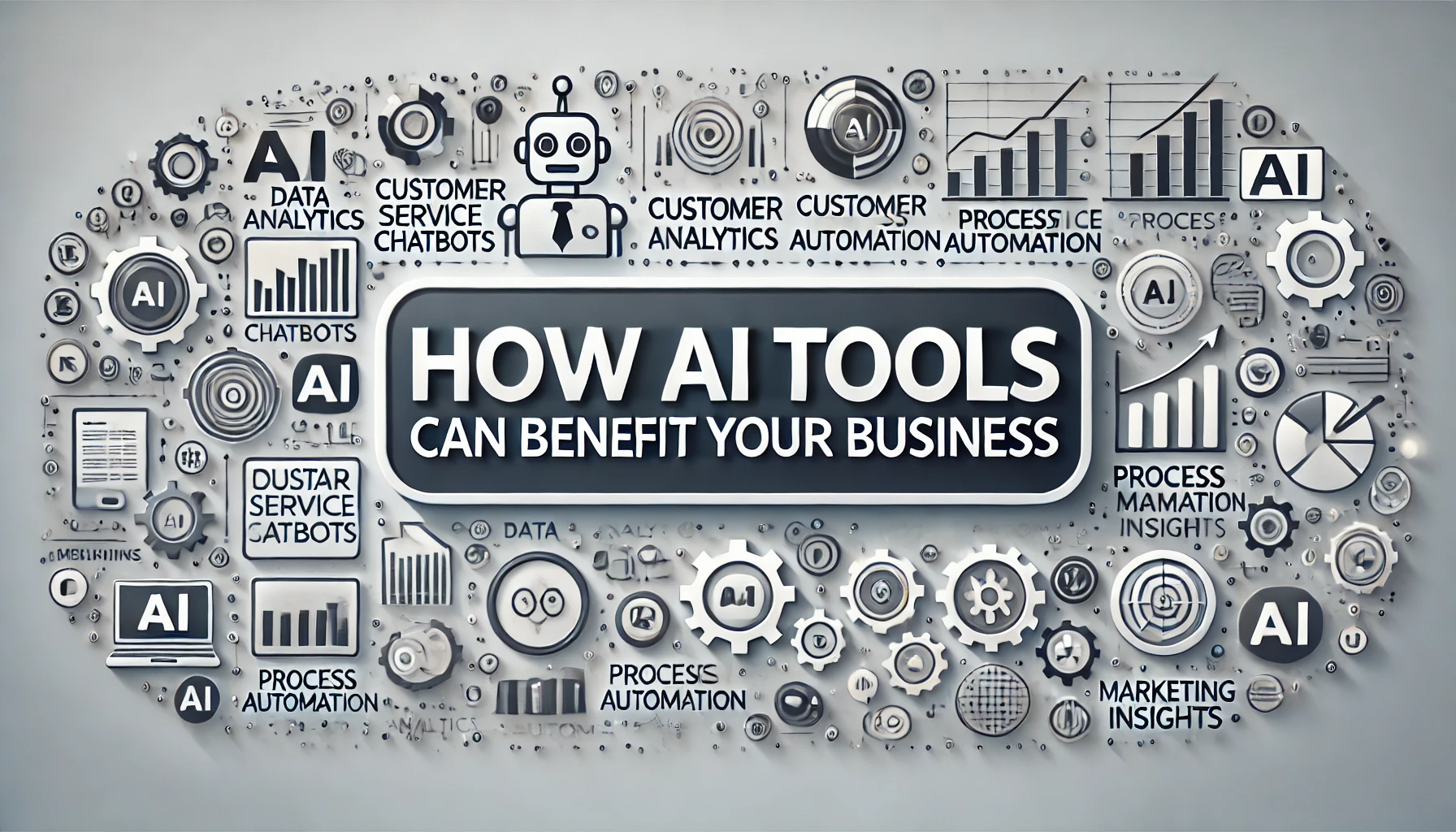Artificial Intelligence (AI) has emerged as a transformative technology reshaping how businesses operate, compete, and innovate. With rapid advancements in machine learning, natural language processing, and data analytics, AI tools are now accessible to businesses of all sizes. They enable enhanced decision-making, streamline operations, improve customer experiences, and drive profitability. This article explores the multifaceted roles AI tools play in business, highlighting their applications, benefits, and potential future impact.
1. Enhanced Decision-Making with Data-Driven Insights

One of AI’s most valuable contributions is its ability to process vast amounts of data and derive actionable insights. Businesses today generate enormous amounts of data, from customer interactions to market trends. AI tools can analyze this data in real-time, identify patterns, and predict future outcomes. This capability helps businesses make informed decisions quickly and with greater accuracy.
- Predictive Analytics: By using historical data, AI models can forecast sales, demand, and customer behavior, helping businesses adjust strategies accordingly.
- Market Analysis: AI tools like natural language processing (NLP) can analyze news articles, social media, and industry reports to gauge market trends, competitor actions, and customer sentiments.
- Financial Forecasting: AI-driven models can predict financial performance, monitor risks, and recommend strategies to optimize revenue and profitability.
2. Automation of Routine Tasks for Efficiency

AI-driven automation frees employees from repetitive tasks, allowing them to focus on higher-value work. This shift not only boosts productivity but also reduces operational costs.
- Robotic Process Automation (RPA): RPA tools automate manual, rule-based tasks like data entry, invoice processing, and compliance reporting. This reduces errors and speeds up workflow.
- Customer Support Automation: Chatbots and virtual assistants powered by AI can handle common customer queries 24/7, providing instant responses and improving customer satisfaction.
- Automated Scheduling: AI tools can streamline scheduling by coordinating meetings, reminders, and task allocations without human intervention, increasing team efficiency.
3. Personalization in Marketing and Sales
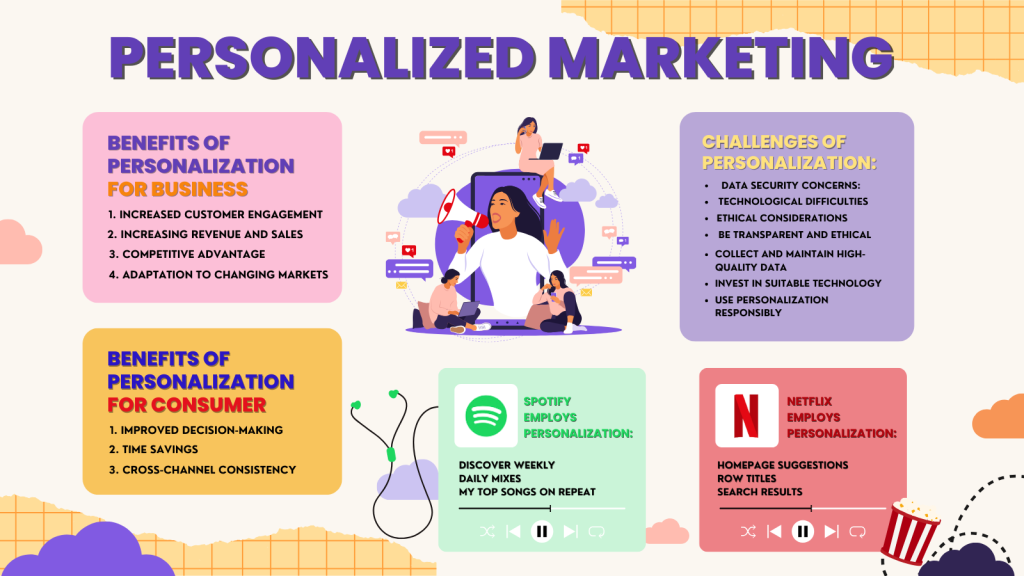
Today’s consumers expect personalized experiences. AI tools enable businesses to deliver tailored content, product recommendations, and offers that resonate with individual customers.
- Personalized Recommendations: E-commerce platforms use AI to recommend products based on past purchase behavior and browsing history, increasing sales and customer engagement.
- Behavioral Targeting: AI models can analyze user interactions across channels to predict preferences, enabling personalized messaging in email campaigns, social media ads, and website content.
- Dynamic Pricing: AI tools can adjust prices based on demand, competition, and customer behavior in real time, optimizing revenue without human input.
4. Improving Customer Service with AI Chatbots and Virtual Assistants
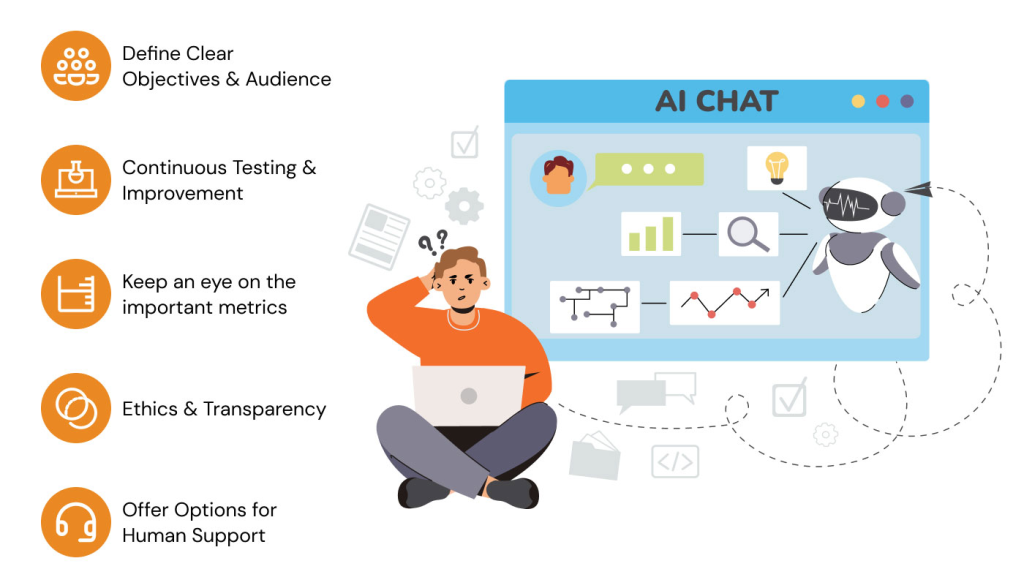
AI-powered customer service tools are transforming customer interaction, delivering quick and consistent responses across various touchpoints.
- 24/7 Availability: Chatbots can handle common inquiries at any time, ensuring customers receive prompt responses even outside business hours.
- Seamless Handovers: For more complex issues, AI can assist agents by providing context on customer interactions, making transitions smooth.
- Sentiment Analysis: AI tools analyze customer sentiments during interactions to provide personalized responses and escalate cases that need human intervention.
5. Streamlined Supply Chain Management

Supply chain management is complex and often prone to disruptions. AI tools optimize inventory, forecast demand, and monitor logistics to make supply chains more resilient and efficient.
- Inventory Optimization: AI models track and predict stock levels to ensure there is no overstock or stock-out situation, saving costs and improving customer satisfaction.
- Logistics and Route Optimization: AI algorithms analyze traffic, weather, and delivery schedules to suggest optimal routes for deliveries, reducing fuel costs and improving efficiency.
- Demand Forecasting: By analyzing data from various sources, AI tools can accurately predict demand spikes, helping businesses manage resources effectively.
6. Enhancing Talent Management in Human Resources

HR departments are increasingly using AI to streamline recruitment, employee engagement, and talent management.
- AI-Powered Recruitment: AI tools can scan resumes, shortlist candidates, and even conduct initial interviews, saving HR teams time and ensuring candidates meet job criteria.
- Employee Retention: AI analyzes engagement surveys, performance data, and feedback to identify employees at risk of leaving, enabling proactive retention strategies.
- Personalized Training Programs: AI tools assess employee performance and recommend personalized learning paths, enhancing skill development and career growth.
7. Fraud Detection and Cybersecurity

AI tools are pivotal in protecting businesses from fraud and cybersecurity threats by identifying unusual patterns and responding to potential risks in real-time.
- Anomaly Detection: AI-driven algorithms can detect unusual transaction patterns, flagging potential fraud, and reducing financial risks.
- Automated Threat Detection: AI continuously monitors networks, identifying threats as they emerge and notifying cybersecurity teams for faster response.
- Behavioral Biometrics: AI can authenticate users based on unique behaviors like typing speed and mouse movement, adding an additional layer of security.
8. Financial Analysis and Management
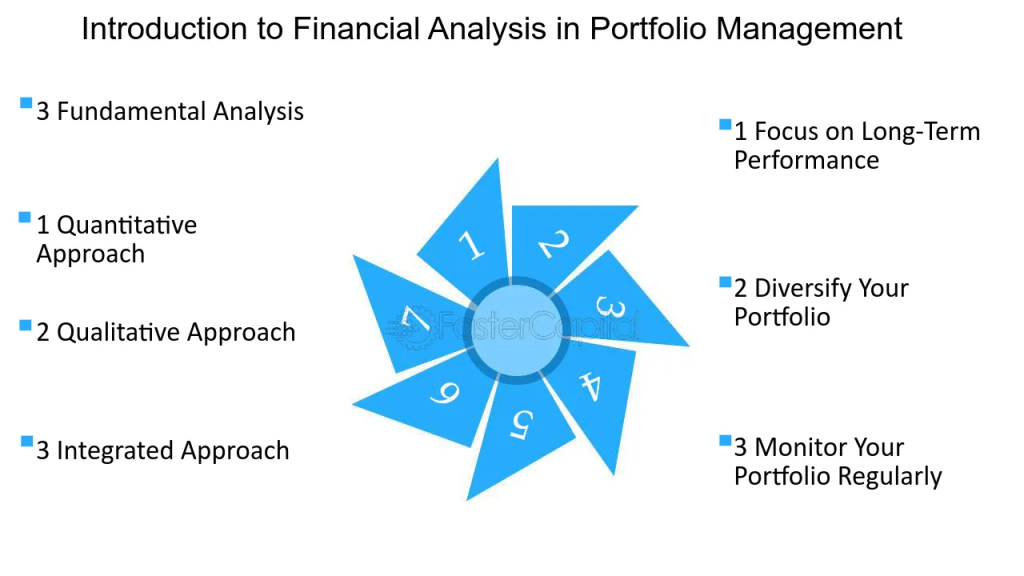
In finance, AI tools simplify complex analysis, provide real-time data on investments, and reduce the need for manual financial operations.
- Automated Trading: AI-driven trading algorithms make split-second decisions based on market data, improving investment returns.
- Credit Risk Analysis: Banks and financial institutions use AI to analyze creditworthiness and mitigate loan risks, enhancing decision accuracy.
- Expense Management: AI tools can categorize expenses, monitor cash flow, and forecast budgets, enabling businesses to maintain financial health.
9. Product Development and Innovation

AI tools aid product teams in conceptualizing, designing, and refining products that better serve customer needs and preferences.
- Product Optimization: By analyzing customer feedback and usage data, AI tools help product teams improve existing products, addressing pain points and enhancing user experience.
- Rapid Prototyping: AI algorithms can suggest design improvements, enabling quicker prototyping and testing for faster time-to-market.
- Innovative Solutions: AI tools can identify potential areas for new product development by analyzing market trends, customer feedback, and competitor data.
10. Strategic Planning and Scenario Modeling
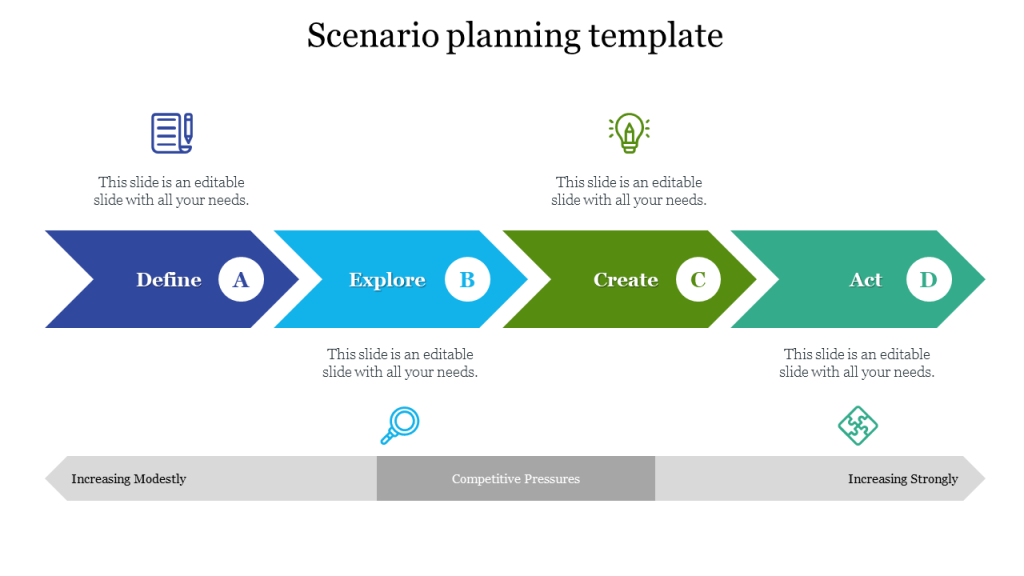
AI aids in strategic decision-making by simulating various scenarios and assessing their potential outcomes. This predictive capability supports better long-term planning.
- Scenario Analysis: AI can model various business scenarios, such as market changes, regulatory impacts, and consumer behavior shifts, helping executives make informed choices.
- Resource Allocation: AI tools analyze resource utilization and suggest optimal allocation, improving efficiency and cost-effectiveness.
- Performance Monitoring: AI continuously tracks performance metrics, enabling businesses to assess and adjust their strategies in real time.
Future Prospects and Considerations
The future of AI in business holds transformative potential, yet its implementation demands a careful, ethical approach. One of the primary considerations is data privacy, as AI systems often require access to vast amounts of sensitive information. Businesses must rigorously safeguard this data to avoid breaches and misuse, particularly as regulations like GDPR and CCPA emphasize consumer rights and consent. Furthermore, ethical guidelines are essential to ensure AI usage does not perpetuate biases or inequities; without oversight, algorithms can inadvertently reinforce societal biases present in training data. Thus, responsible AI deployment calls for a commitment to fairness, inclusivity, and transparency.
Employee training is equally critical. As AI automates tasks and shifts job roles, employees need upskilling opportunities to stay relevant and contribute meaningfully in AI-integrated environments. This training empowers the workforce and fosters a culture where humans and AI work together harmoniously. Lastly, businesses must prioritize transparency and ethical accountability in their AI practices, building trust with customers who are increasingly aware and cautious of AI’s influence. A transparent approach ensures that AI-driven decisions align with public expectations and regulatory mandates, thus supporting sustainable, long-term adoption of AI in business. By embracing these principles, companies can harness AI’s potential responsibly and innovatively, laying the groundwork for a future where AI serves both business goals and societal values.
Conclusion
AI tools are no longer an option but a necessity for businesses seeking to stay competitive and innovate. By automating tasks, personalizing experiences, enhancing decision-making, and securing assets, AI opens new avenues for growth and efficiency. The key to success lies in aligning AI strategies with business goals, investing in quality data, and fostering a culture ready to adapt to continuous technological advancement.
